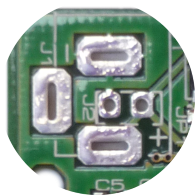
Power Connector
Either a DC jack or a screw-terminal connector can be soldered to the board, for connecting an external power-supply (the board can also be powered via USB).

miniUSB Connector
A miniUSB connector is included on-board.

Reset Button
A reset button is included on-board.
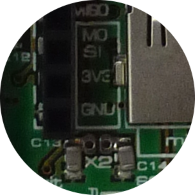
32.768kHz Crystal Connections
A 32.768kHz crystal can be soldered in here in order to run the microcontroller's built-in RTCC (real-time calendar/clock).
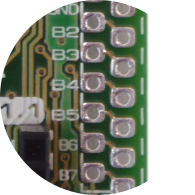
PortB Socket
The PICs PortB pins are exposed via this socket. Additional connections are also provided which conform to the 2.54mm grid of all other connections on the board.
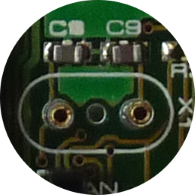
External Oscillator Socket
If you wish to run the PIC from an external oscillator (instead of it's internal one) then an external oscillator can be plugged in here.
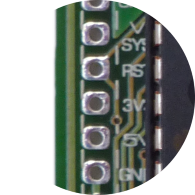
Power Socket
VIN, VSYS, 3V3, 5V, GND and RST connections are provided via this socket.

Microcontroller
A replaceable PIC18F25J50 or PIC18F27J53 is included on-board.
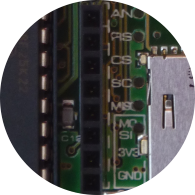
mikroBus Socket (Left)
A mikroBus socket is included on-board, which allows mikroElektronika "click" accessory boards to be easily connected.
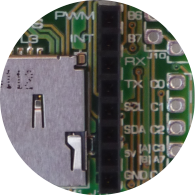
mikroBus Socket (Right)
A mikroBus socket is included on-board, which allows mikroElektronika "click" accessory boards to be easily connected.
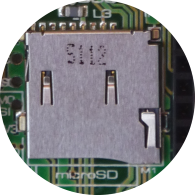
microSD Socket
A microSD socket is included on-board.
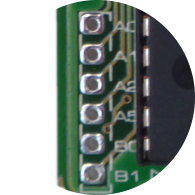
PortA / Analogue Socket
The PICs PortA pins are exposed via this socket.
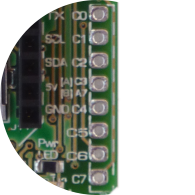
PortC Socket
The PICs PortC pins are exposed via this socket.

Programming Connections
Programming connections for both the mikroProg and PICkit programmers are provided.
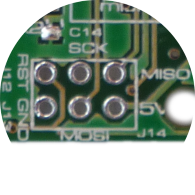
"ISP" Header
An "ISP" header - with power, SPI and reset connections - is included on-board for compatibility with Arduino shields.

Power and PortC.2 LEDs
A power LED and LED connected to the PICs PortC.2 pin are included on-board.

System Voltage Jumper
This jumper is used to switch VSYS, which is used to power the PIC, between 3.3V and 5V.
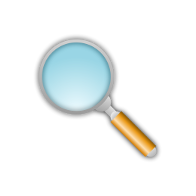
Up-Close
Hover your mouse over different parts of the board in order to view the details up-close.

